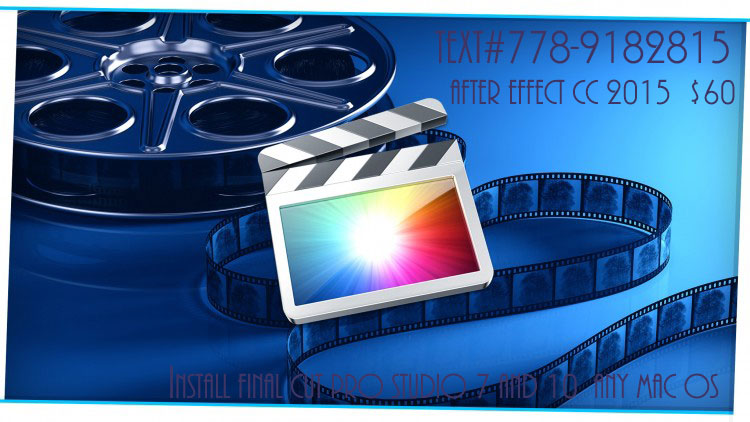
It's the one 1Password 6 for Mac was built with. safariextz, is one we've all become used to using for years. In Safari 12, Apple completely redesigned the format extensions use. You can now quit Terminal and eject the volume.- thanks for your continued support, and I wish I had better news for you, but as you're probably already aware if you've been trying to run much older Macs, things start to become incompatible after a while. When Terminal says that it's done, the volume will have the same name as the installer you downloaded, as in Install OS X El Capitan.After the volume is erased, you may see an alert that Terminal would like to access files on a removable volume.Terminal shows the progress as the volume is erased. When prompted, type Y to confirm that you want to erase the volume, then press return.

Terminal doesn't show any characters as you type your password. When prompted, type your administrator password and press return again.sudo /Applications/Install\ OS\ X\ El\ Capitan.app/Contents/Resources/createinstallmedia -volume /Volumes/MyVolume -applicationpath /Applications/Install\ OS\ X\ El\ Capitan.app If it has a different name, replace MyVolume in these commands with the name of your volume. These assume that the installer is in your Applications folder, and MyVolume is the name of the USB flash drive or other volume you're using. Type or paste one of the following commands in Terminal. Open Terminal, which is in the Utilities folder of your Applications folder. Use the 'createinstallmedia' command in TerminalĬonnect the USB flash drive or other volume that you're using for the bootable installer. You will create the bootable installer from this app, not from the disk image or. It installs an app named "Install OS X El Capitan" into your Applications folder.


Inside the disk image is an installer named InstallMacOSX.pkg. To get the installer:ĭownload using Safari, and open the disk image on a Mac that is compatible with OS X El Capitan. The installer for OS X El Capitan downloads to your Downloads folder as a disk image named InstallMacOSX.dmg. If you have a Mac that is capable of running OS X El Capitan, then see this Apple website.

If you have Mac that is not capable of running OS X El Captain, then see this question. If you have a Windows machine, then see this question. None of methods require use of the App Store. An bootable USB flash drive OS X El Capitan installer can be made by any of the three methods shown below.


 0 kommentar(er)
0 kommentar(er)
